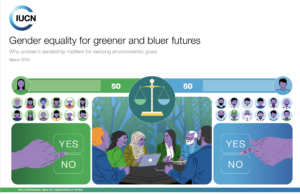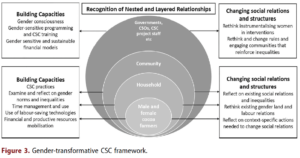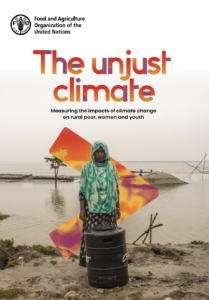The authors examine the role of gender in various pathways to food security in Malawi, emphasizing improved access to agriculture and nutrition information along these pathways and considering the implications of gender targeting for agriculture and nutrition extension services. They propose a gendered typology of households: those with both male and female adults, those with only adult males, and those with only adult females. They take a mixed methods approach of sequential quantitative-qualitative data collection, consisting of focus group discussions in eight districts and nationally representative household and community surveys. The results show that food insecurity is highest in male-only and female-only households. In dual-headed households, in which women are frequently tasked with attending training and meetings but have little power to implement lessons, joint access to information is a more powerful driver of food security than women’s access.
Authors: Catherine Ragasaa, Noora-Lisa Abermanb and Cristina Alvarez Mingotec
Source: Global Food Security



